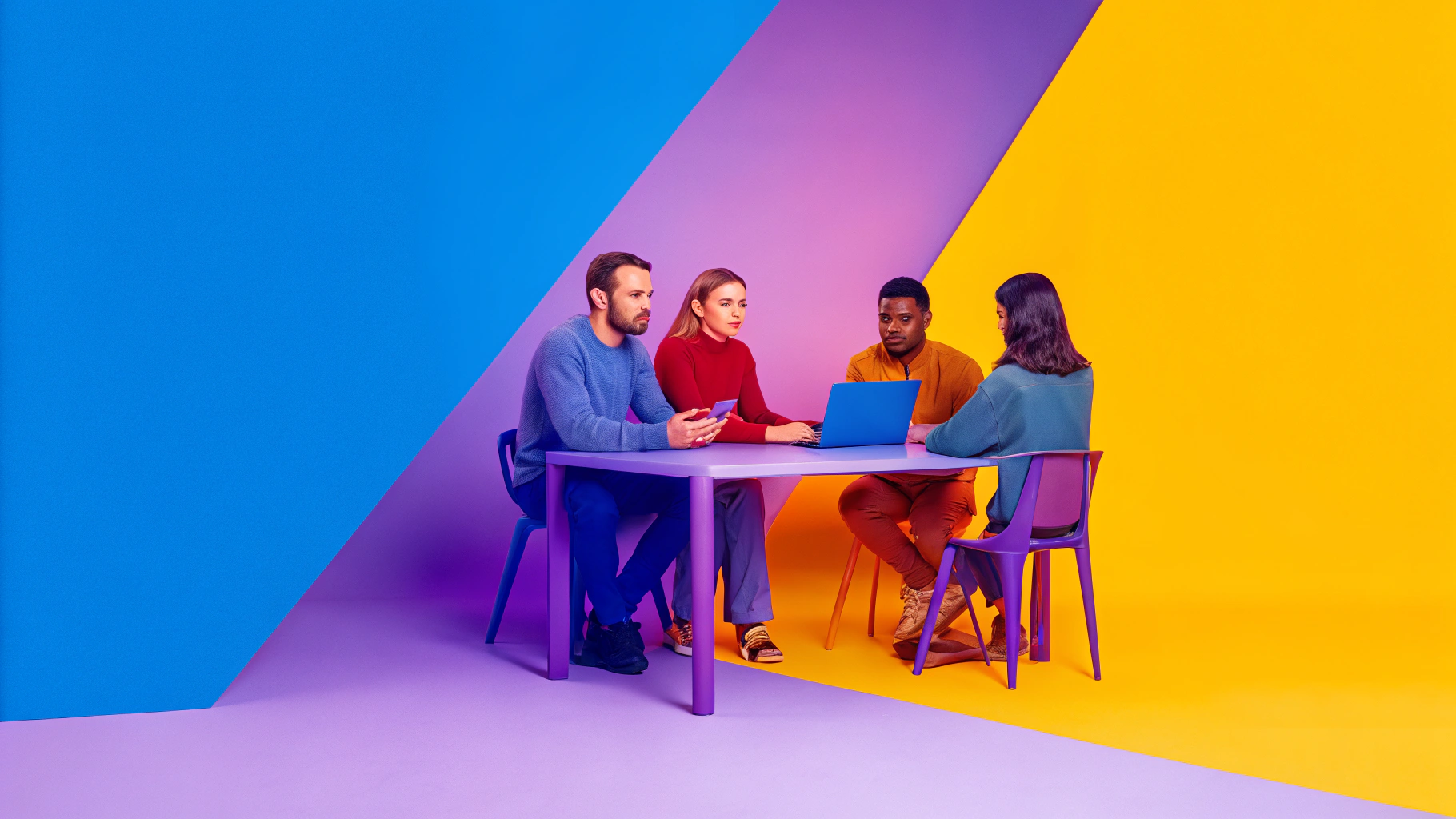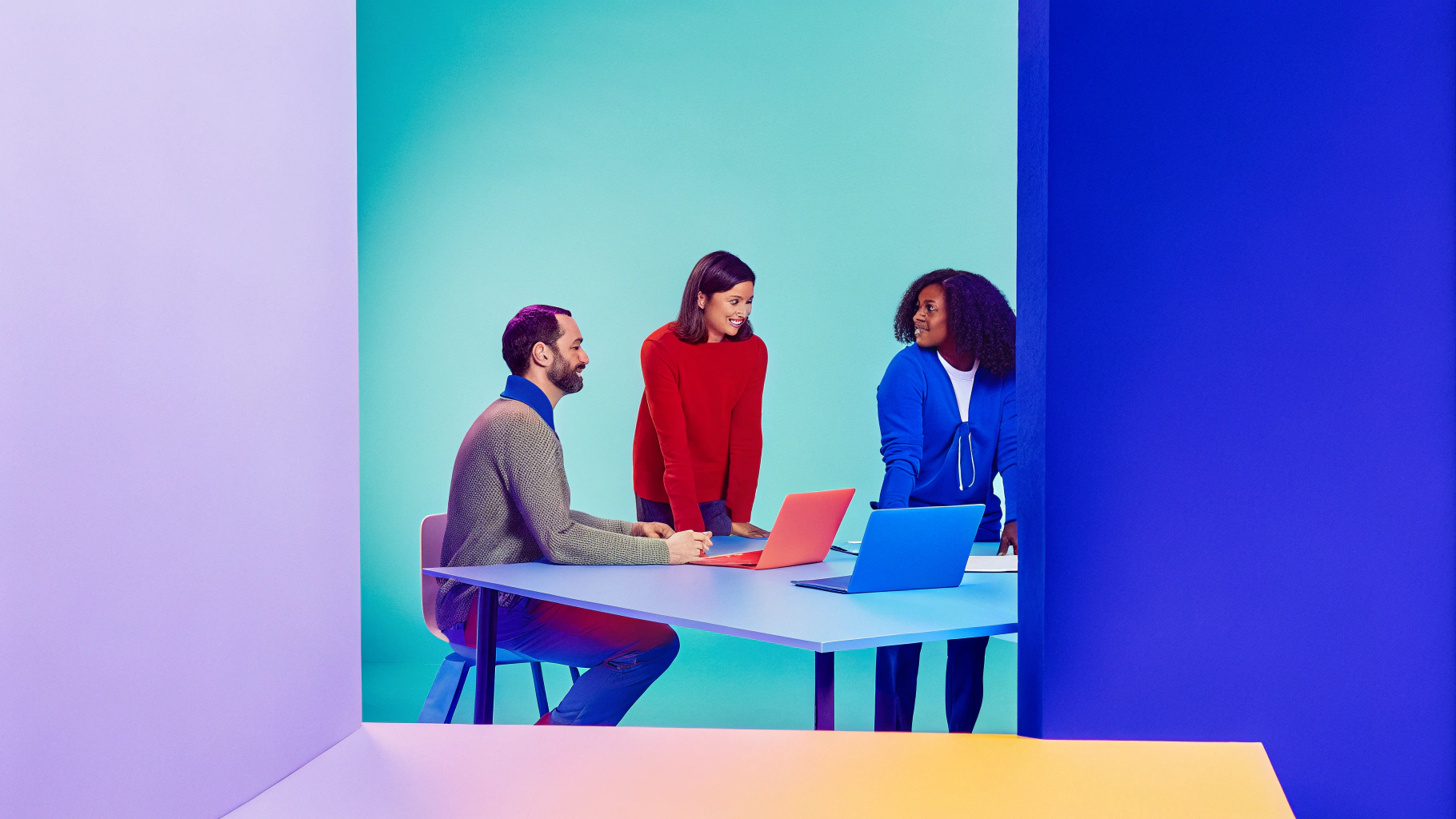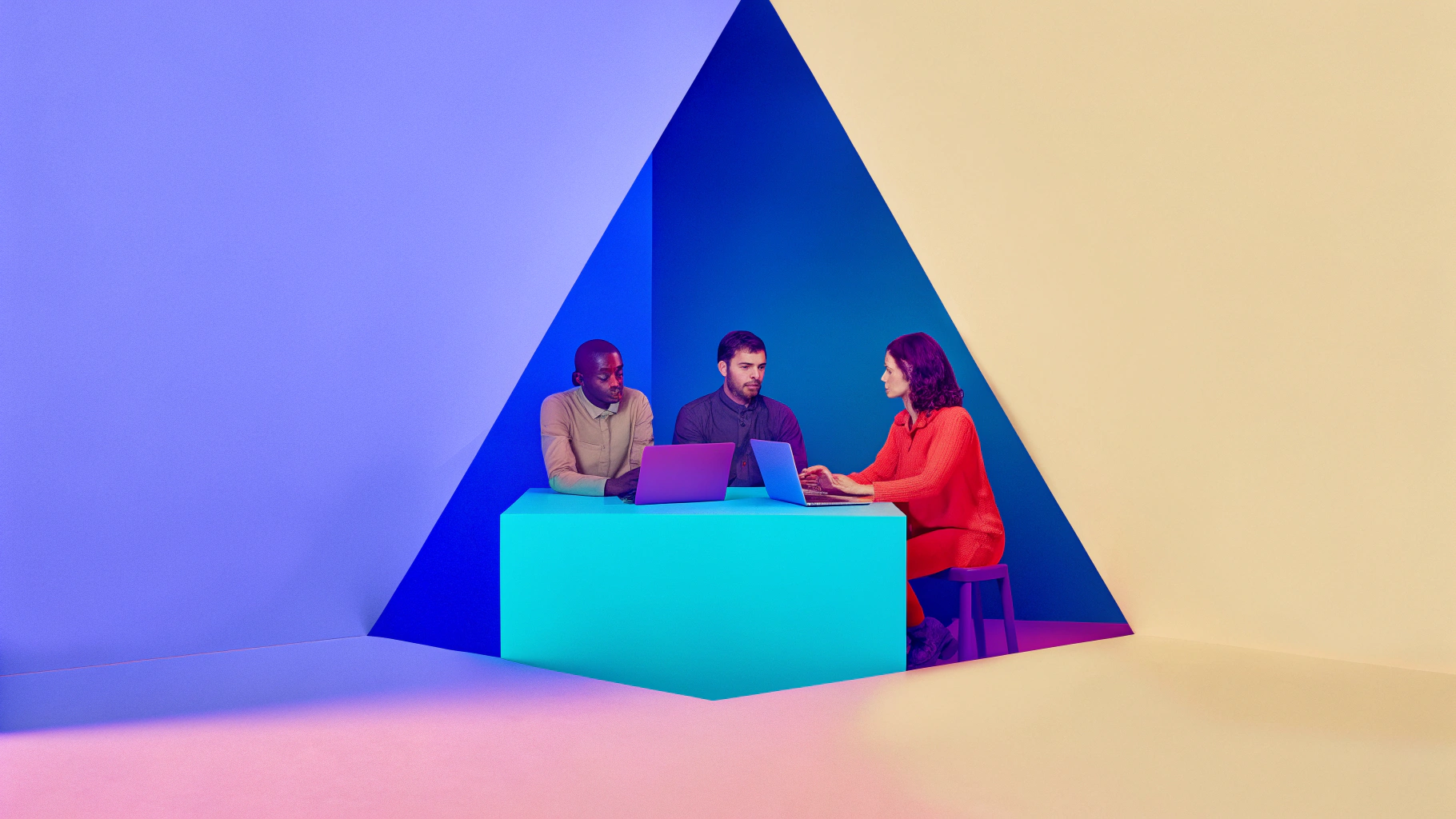
BY MAGHAN MCDOWELL
At the US Open, attendees can play with a digital, diamond-encrusted tennis racquet and interact with digital trophies, all created by Tiffany & Co. The jewellery brand partnered with Snap to bring augmented reality to the tournament via an AR mirror that will be on display through 10 September.
The project combines a number of trends that centre around the concept of access: the ability for AR to provide increased access to luxury goods; AR mirrors that provide widespread access to AR experiences; and luxury brands’ ongoing embrace of sports. “Tiffany & Co. is mastering the way luxury brands can leverage Snap AR in fun and engaging ways while maintaining elevated brand equity,” says Geoffrey Perez, global head of luxury at Snapchat.
Tiffany has been an early adopter of AR. It was the first brand to use Snap’s “ray tracing” technology, which enables more realistic and precise digital objects by more realistically portraying rays of light; it used AR to enable people to digitally try on (and then buy) its Lock bracelet in February. It also used AR to enhance its archival exhibition at London’s Saatchi Gallery this summer. Visitors could virtually try on the yellow Tiffany diamond and visualise a wall of diamonds in the gallery.
AR, which adds digital elements to the physical world, is seen as a more here-and-now application of metaverse technologies, and it expands the uses for brands’ digital assets at a time when phygital experiences and goods are a key focus. Snapchat reports more than 750 million monthly active users, and 397 million daily active users in the second quarter of this year, which is up 14 per cent compared to a year ago.
The use of AR by fashion and luxury accelerated during the pandemic due to its more practical potential to bring goods into consumers’ own environments. More recently, brands have evolved this mindset into more varied uses that extend brand storytelling via location-based installations or remote experiences. Louis Vuitton, for example, extended its campaign with artist Yayoi Kusama in January by enabling people to visualise the campaign’s colourful polka dots on global landmarks.
The US Open installation was produced using Snapchat’s enterprise offering, called AR Enterprise Services, or Ares, which enables brands to use Snap’s AR capabilities in their own websites, apps and physical locations, with a focus on AR shopping. For example, a brand might offer AR try-on in its own app that customers can use without needing to download the Snapchat app or even having a Snapchat account. This is the first time that Tiffany has used Ares, which was announced in March.
This is also the first time that Tiffany has used a physical AR mirror. A new generation of AR mirrors, a much-improved iteration of the smart mirrors seen in retail years ago, are breathing new life into the use of AR in retail. Snapchat’s AR mirrors, which use Ares, includes tech that is designed specifically for physical screens. In addition to displaying interactive digital elements onto consumer reflections, it enables them to capture images via an integrated camera.
A key benefit, for both retailers and Snap, is that consumers can experience the technology simply by walking up to them. They don’t need a smartphone, an app or prior know-how. Then, they can experience a range of AR effects that enable features such as brand storytelling, games, AR try-on and more. Coach added an AR mirror into a storefront for passerby to try its Tabby bag, Nike tested in-store smart mirrors for AR try-on and games, Men’s Wearhouse used it for formalwear visualisation and Tommy Hilfiger invited customers in a few stores to try on its Tommy Hilfiger X Shawn Mendes collection. “We’ve loved seeing brands deliver useful and engaging experiences to consumers with our AR mirrors over the last few months,” says Jill Popelka, head of AR enterprise services at Snapchat.
In the case of the Tiffany installation, people can capture their participation during a volley (hitting a digital ball with the digital Tiffany racket), then save and share the content by scanning an on-screen QR code. There’s no product tie-in or prompt to shop. During the first days of the US Open, visitors who used the mirror represented a wide swath of age groups, according to Snapchat.
Luxury brands have also increasingly looked to sports for marketing moments, from tennis and beyond. In July, a dress-code violating Gucci duffle bag made waves on the Wimbledon court. This June, star players from basketball, racing, European football, tennis and boxing attended fashion shows for Louis Vuitton, Prada and more. LVMH will sponsor next year’s Olympic Games in Paris. Tiffany & Co’s relationship with the United States Tennis Association began in 1987 when it began making the US Open singles and doubles trophies.
Comments, questions or feedback? Email us at feedback@voguebusiness.com.






